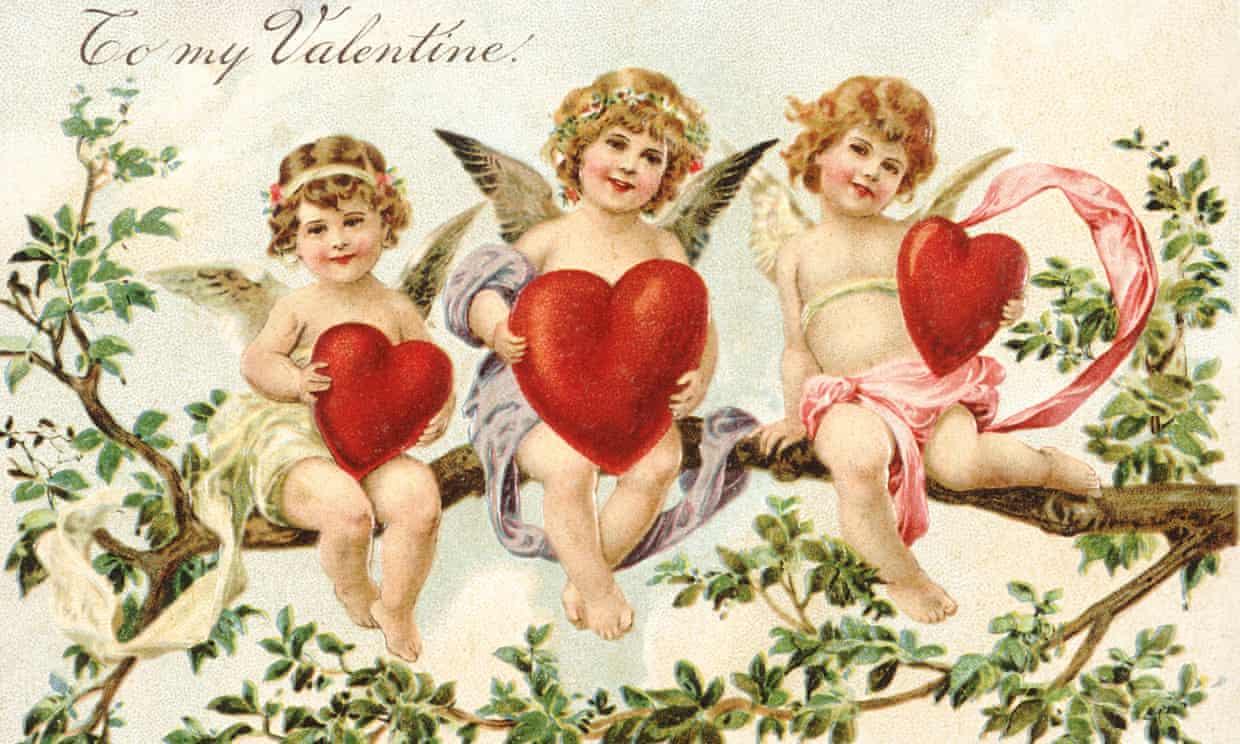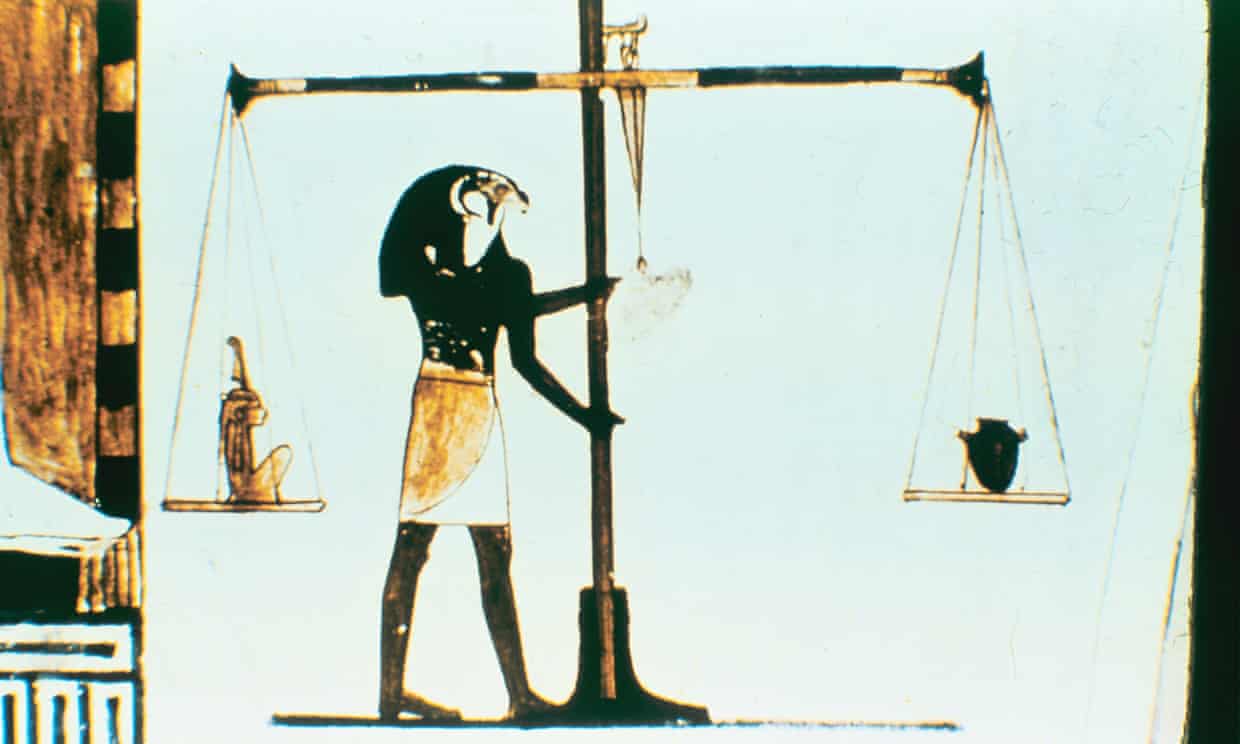The Cultural Observer ". . .The heart is the only human organ other than the penis to move beyond our control, and we’ve never got over it. . ."
Hindu gods, Aztec rites, Blondie hits … why the heart is our eternal symbol
The pig heart transplant is a medical marvel but centuries of art and history give us pause to reflect on what truly makes us human

A man in Maryland has been given a pig’s heart as a transplant (genetically modified, phew), and the old chestnut rolls out again: won’t that maybe somehow make him … piggy? The rationalists laugh, and the surgeons reassure: it’s just a muscle! A pump!
Physically, they may be right (the heart is complex and still not fully understood), but culturally they couldn’t be more wrong. Over millennia and across the world, the heart has also been a house, a book, a rose, a pine cone, a pomegranate, a bunch of grapes, a pincushion, a wheel, a fountain, a picnic spot, a cup, a harp, a map. It flies, sinks, grows, breaks, rejoices, flutters, burns. It’s wounded with blades, sacrificed, given, stolen, swept, polished, eaten. Frida Kahlo painted it, as a pile of paint.
The heart is the only human organ other than the penis to move beyond our control, and we’ve never got over it. Imagine being stone-age: you feel it beat faster when you’re angry, scared or lustful, when you hunt; you know to shoot for the heart to kill. But you don’t know how it works. Dead, it’s just a flesh whoopie cushion. No wonder magic and religion settled in. Followed by love, courage, honesty and the rest.
> In Gilgamesh, the oldest written story, the hero’s heart beats with pride.
> In an Egyptian poem, at least 3,000 years old, a woman says: “My heart flutters hastily when I think of my love for you; it lets me not act sensibly, it leaps from its place.” Be still my beating heart …After death, the Egyptian heart was weighed against the Feather of Truth before a panel of deities: models of scarab beetles carried lengthy prayers beseeching the heart not to speak out against its owner.

The true heart would go west across the Nile to spend eternity eating cake with Osiris; the impure heart was itself eaten, by Ammit, a chimaera of crocodile, hippo and lion. As Hank Williams wrote centuries later: “Your cheatin’ heart will tell on you.”
Heart symbolism emerged naturally and seeped inexorably into all religions.
Plato described the heart as two-sided, with chambers, which is echoed in the two tablets of the Ten Commandments in the Old Testament, where law is written in the heart. In the Qur’an it’s made of glass, for God to see your thoughts: it must be kept clean, to reflect God back clearly. That may not have been Debbie Harry’s point, but it was her image. It was in love songs long before the Song of Solomon’s “Set me as a seal on thy heart”. The Hindu gods Sita and Rama lived in the heart of the monkey god Hanuman 9,000 years ago.
It makes a noise. It’s a drum, obviously. Long ago, air was believed to pass through it: in Sufi poetry it’s the reed flute, the ney. It has strings – the anatomical cordae tendinneae.
By the 17th century, emblems – illustrations of religious points for the illiterate – showed a Cupid-like little Jesus playing it as a harp. They showed hearts with wings, with eyes, even being circumcised. In some, little Jesus sweeps demons and sins out of a heart-shaped house. Chambers, right? The logic is literal. A 10th-century Chinese heart sutra is written in the form of a pagoda. Nuns in Germany embroidered dear little heart chalets in which Jesus receives a drink, while the lamb of God sits on the chimney – neatly representing the aorta. Steps up are labelled with the virtues that must be shown in order to get there. Christ’s heart-house, speared open on the cross, is open to us. (In another strand, the sacrament of his blood – the love – flowed into the Holy Grail, associating the heart with cups: “copas” was the original suit in cards which became hearts.)
In Mexico, the best-looking young Aztec men were treated as gods for a year – fine food, musicians following them around, girls – before their hearts were fed to the Eagle of the Sun. (The oldest known sculptural representation of the heart is a 4,000-year-old Olmec ceramic, with two chambers, sprouting blood-vessels, and a head.)
Many tribal societies would eat the heart of the enemy to acquire their strength (medieval French troubadours sang of husbands serving the wife with her lover’s heart, and Mike Tyson was still threatening to eat Lennox Lewis’s in 2000). Mexico City is founded where a magician’s heart sprouted into a prickly pear.
All that syncretised neatly with Catholicism, linking back into the heart as edible fruit: the pomegranate, which represented Christ’s passion in Renaissance Europe (echoing Persephone, who also rose from the dead in spring), the grapevine that Jesus had to be (because otherwise how could his blood be wine?), even the apple that Eve tasted, discovering self-knowledge. The heart of Mary, meanwhile, was a rose – except where speared with the arrows of her seven sorrows.
How the symbol skips and hops through cultures and times, echoing and shifting. In 10th-century China, a map of the feelings of the heart; in 16th-century Europe, Mercator using the shape as a projection for a map of the world.
And where did that shape come from, with the scalloped top and pointy bottom? Until the 1300s, it was represented pine-cone shaped, pointy end up. Galen said it had “in medio fovum” – “in the middle a ditch or pit”. Made visible, the ditch emphasises the broken heart – open to new knowledge, to let God, or love, in, or out. As Leonard Cohen sang: “There’s a crack in everything, it’s how the light gets in.”
So yes, it’s a pump. But not only."
======================================================================
Louisa Young’s new novel, Twelve Months And A Day, will be published by Borough Press in May


No comments:
Post a Comment